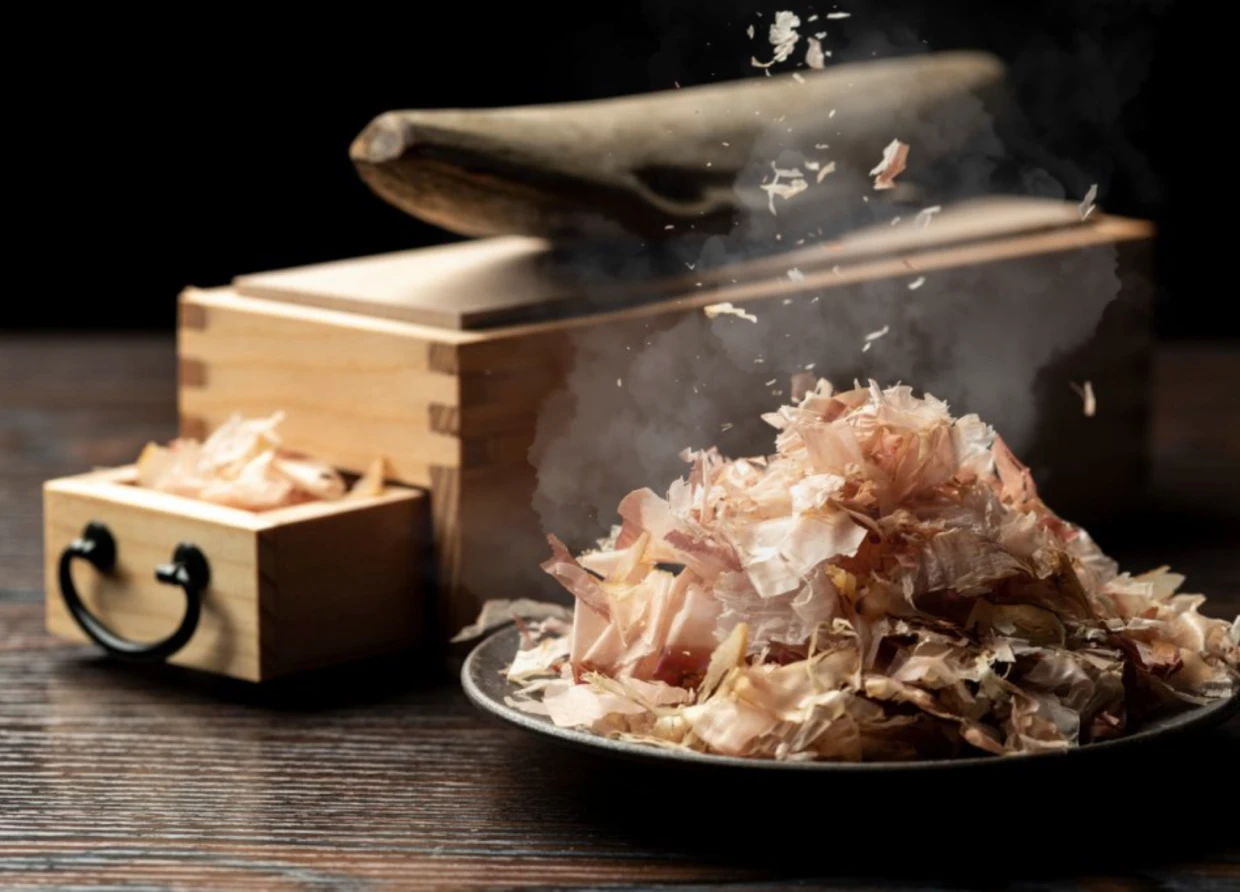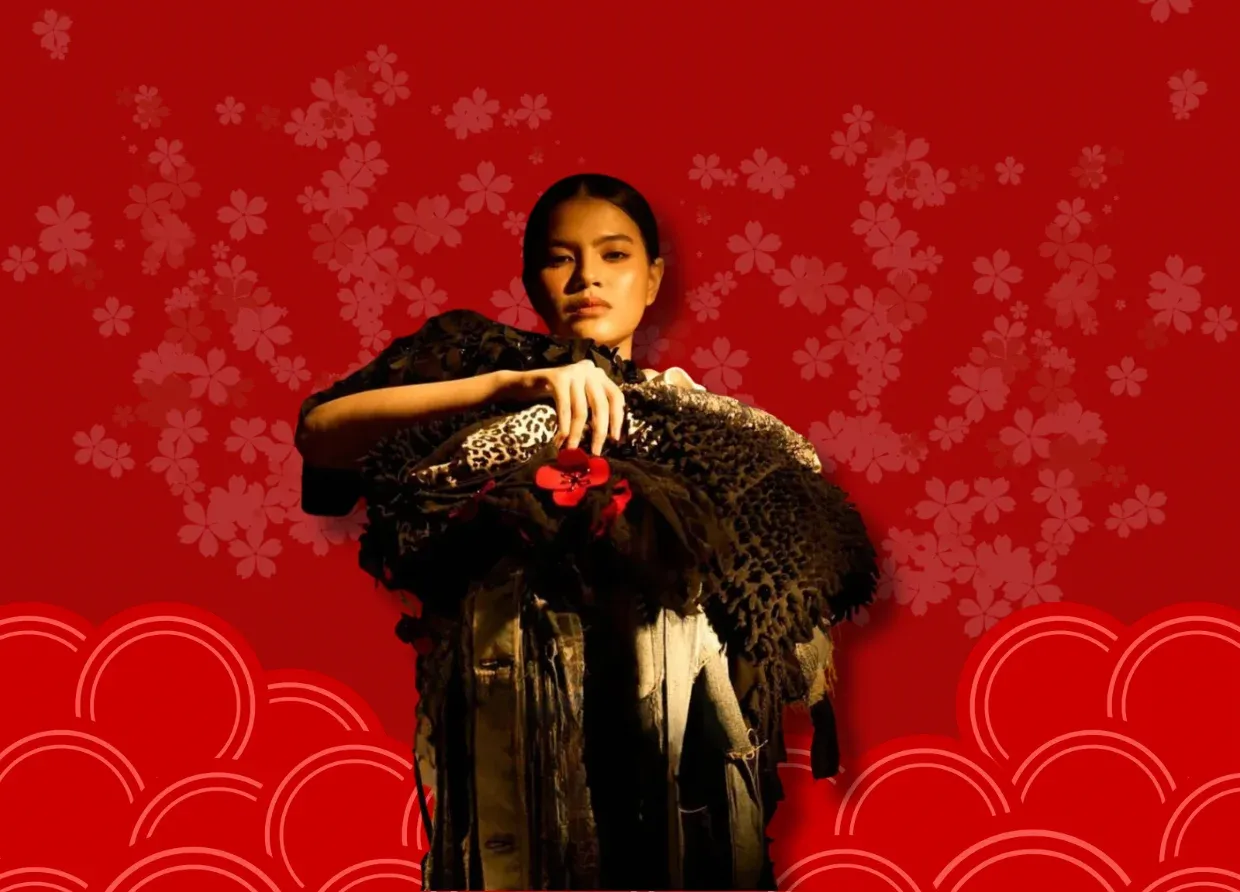UNEARTHING CULINARY SECRETS: RESEARCHERS RECREATE ANCIENT JAPANESE BONITO BROTH
Preserving Culinary Heritage: Unraveling the Secrets of Ancient Japanese Bonito Broth

A team of dedicated researchers in Tokyo is taking a deep dive into the past, aiming to recreate the flavors of ancient Japanese cuisine. Led by Takayuki Mifune, a professor at Tokyo Healthcare University, the team is focused on reviving dishes from 1,300 years ago, offering a unique window into the culinary history of Japan.

In their latest experiment, the team gathered at the university's laboratory to recreate "katsuo irori," a bonito broth boiled down into a preservable seasoning used during the Nara Period (710-794). This meticulous process involves numerous trials, adhering as closely as possible to descriptions in ancient books and records, and utilizing tools similar to those found in archaeological excavations.
Mifune, along with his colleagues Minoru Morikawa and Kazuhide Kaneda, employs a method known as experimental archaeology, replicating historical food preparation techniques using accurate technologies and references from historical documents. Their recent focus has been on the Asuka Period, Nara Period, and Heian Period, where more written materials are available to guide their culinary time-traveling endeavors.

The fascination with ancient cuisine is not unique to Japan. Worldwide, archaeologists frequently uncover remnants of ancient foods and beverages, offering insights into the culinary practices of civilizations that lived thousands of years ago.
For Mifune, understanding the roots of Japanese food is a gateway to comprehending the wisdom and history of the island nation's inhabitants. "When looking at specific ingredients, bonito holds a special place in washoku. That’s why I’m interested in how the ancient Japanese consumed it," Mifune explains.
The ongoing collaboration with researchers like Morikawa, an expert in ancient earthenware, sheds light on the logistics of transporting seasonings like katsuo irori from Shizuoka to the capital in Nara. By using vertically long sueki (sue stoneware pottery) discovered in Shizuoka, the team aims to decipher the transportation methods and gain further insights into the lifestyle and dietary habits of ancient Japan.

The historical significance of bonito is deeply rooted in Japanese culture, evident from ancient records like the "Kojiki," which indicates the fish's association with offerings to the gods. The ongoing project not only brings forth the culinary heritage but also aims to scientifically examine aspects such as shelf life, umami ingredients, and salt concentration in ancient bonito products.
As the team continues its culinary time-traveling journey, each experiment is a step closer to unraveling the mysteries of Japan's gastronomic past, offering a unique perspective on how the Japanese lived and ate over a millennium ago.
#THE S MEDIA #Media Milenial #Ancient Japanese cuisine #Culinary history #Experimental archaeology #Bonito broth #Katsuo irori #Takayuki Mifune #Tokyo Healthcare University #Culinary time travel #Umami in food #Shizuoka's katsuobushi industry #UNESCO Intangible Cultural Heritage #Washoku evolution #Japanese diet origins #Historical food preservation #Traditional Japanese ingredients #Tokyo researchers #National Museum of Nature and Science #Culinary insights #Japanese gastronomy #Cultural preservation #Ancient recipes revival


























